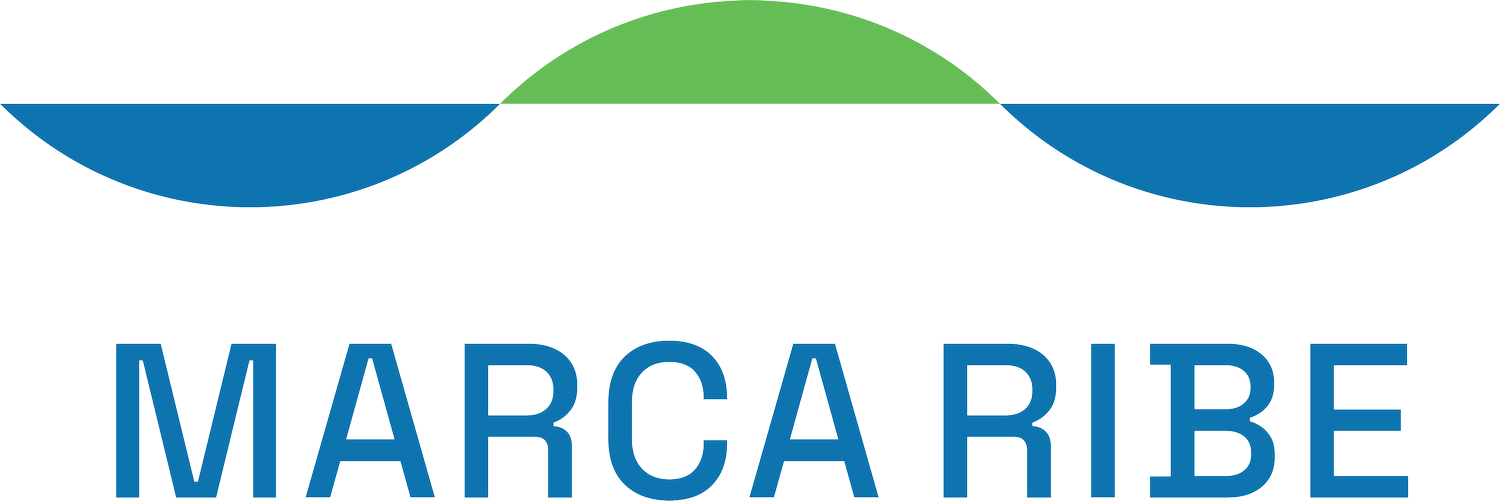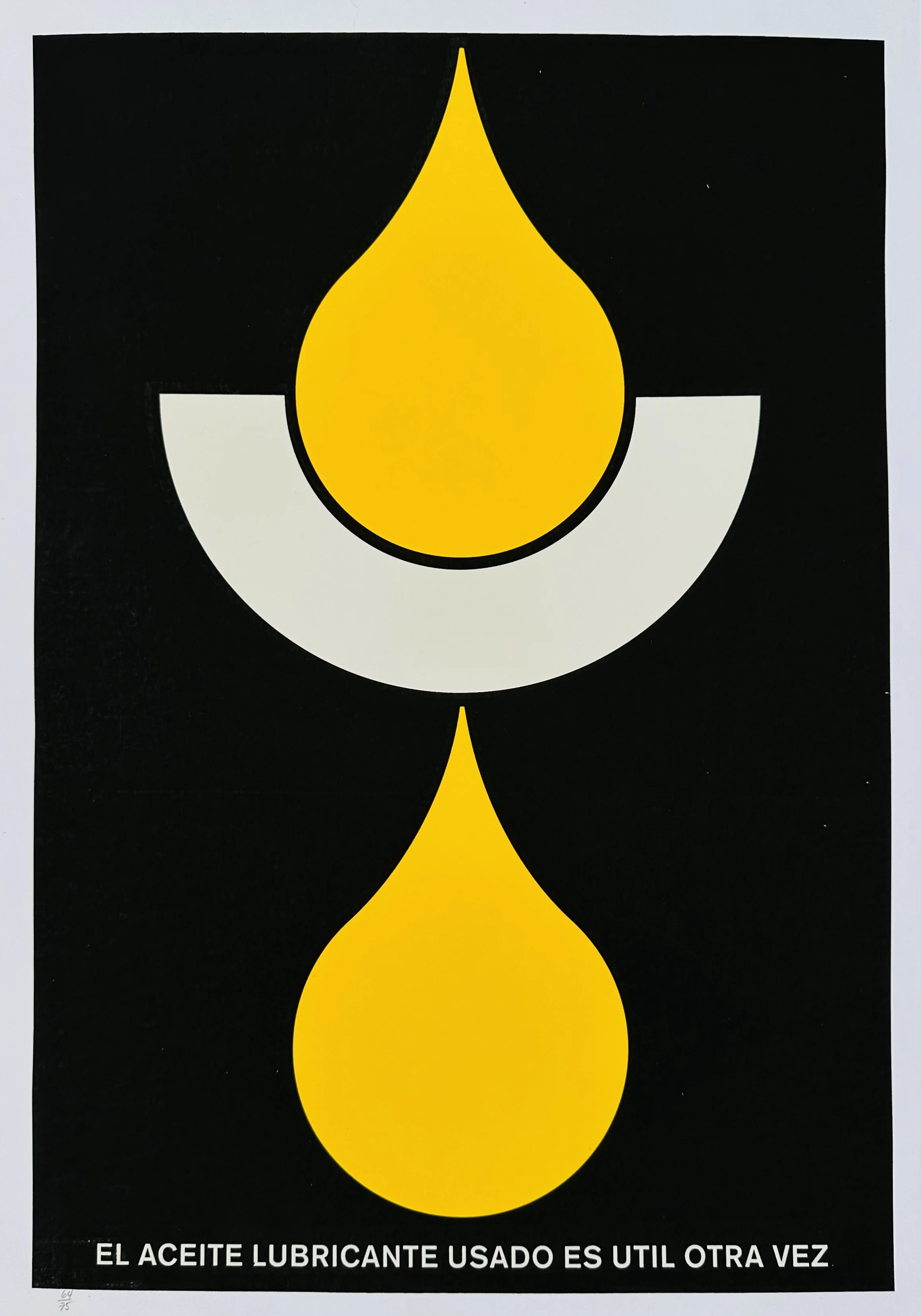CUBAN ART POSTERS
The Cuban poster has established itself as an emblematic medium of artistic and promotional expression. Since 1959, it has gained iconic status, renowned for its bold use of color, innovative artistic and conceptual approaches, unique typography paired with illustrations or photography, and its reliance on the silkscreen printing technique.
In this reimagined approach to poster art, design and communication objectives were equally important, reflecting the social context in which they were created. This movement can be categorized into three main areas: social posters addressing topics like resource conservation, hygiene, and health awareness; cultural posters, particularly those celebrating local and international film productions; and political or governmental posters aimed at disseminating ideological or state-sponsored messages.
In recent years, a new generation of designers has continued to evolve this tradition, blending the legacy of the 1960s and 1970s with contemporary sensibilities. Many of these projects remain independently produced, with the René Portocarrero Serigraphy Workshop in Old Havana standing out as a hub where the artisanal silkscreen technique thrives. What follows is a selection of posters created by this new generation, with the exception of three posters designed by Félix Beltrán.
Félix Beltrán: A Graphic Legacy (Posters 9, 10 and 11 below)
The work of Félix Beltrán represents a cornerstone in Cuban design history. This renowned designer and visual artist has achieved international acclaim for his contributions to graphic arts. Beltrán began his career at a young age, working as an intern at McCann Erickson, one of Cuba’s leading advertising agencies. His expertise in graphic design is complemented by skills in technical drawing, painting, and printmaking.
After completing his studies in the United States, he returned to Cuba and developed a unique style, becoming part of the golden generation of Cuban graphic designers who shaped the country’s most celebrated era of poster art. His work embodies the idea of design as a social tool, expressed powerfully in every piece he created.
Félix Beltrán is considered one of the most influential graphic designers in Cuba and Latin America during the 20th century, leaving behind a legacy that continues to inspire future generations.
All posters are available for purchase at $120 each, with shipping included within the U.S.
1. Designed by Michele Miyares Hollands, 2019, Silkscreen, 27 x 19 in.
For this poster, which celebrates Pop Art and the selfie as a medium for portraiture, the artist incorporates an image of Cuban diva Rosita Fornés (1923–2020), often referred to as Cuba's Marilyn Monroe, as a homage to the iconic Cuban vedette.
2. Designed by Nelson Ponce, 2019, Silkscreen, 27 x 19 in.
This poster celebrates Luciano Pozo González, better known as Chano Pozo (1915–1948). Also known as Chanito, he was a Cuban percussionist born in the Cayo Hueso neighborhood of Havana. He worked in NYC alongside legends such as Charlie Parker and Dizzy Gillespie, and it was with Dizzy that he popularized the well-known piece "Manteca." This print was made to commemorate the 500th anniversary of Havana.
3. Designed by Raupa, 2015, Silkscreen, 27 x 19 in. SOLD
This poster is part of the Felices Juntos (Happy Together) series, a graphic project exhibited during the 12th Havana Biennial. With an optimistic tone, it aimed to visualize the willingness for dialogue between Cuba and the United States, using iconic cartoon and comic strip characters from each country as a pretext.
In this instance, the designer features Betty Boop, an American cartoon character who debuted in 1930 and challenged the social conventions of her time.
4. Designed by Pepe Menendez, 2019, Silkscreen, 27 x 19 in.
This poster is part of the Selfie series, which explores the selfie as an artistic medium for portraiture. In this instance, the acclaimed designer draws inspiration from a 1984 illustration by D. Bisit and incorporates the image of Lenin, a figure familiar to Cubans since the adoption of communist ideology by the Cuban government in 1962. The poster also features part of the emblematic political slogan, “Workers of the world, unite!” later popularized as one of the rallying cries of The Communist Manifesto (1848) by Karl Marx and Friedrich Engels.
5. Designed by Raupa, 2019, Silkscreen, 27 x 19 in. SOLD
This poster is part of Pensamos Cuba (Reflecting on Cuba), a series in which a group of 12 Cuban designers were invited to create posters addressing the most pressing social issues currently affecting Cuban society. In this instance, the designer reflects on racism in Cuba, a topic that, despite being addressed by the Cuban government, remains unresolved due to the insufficient policies aimed at ensuring social and economic equality on the island.
6. Designed by Nelson Ponce, 2009, Silkscreen, 27 x 19 in.
This poster for Stanley Kubrick’s classic Clockwork Orange was designed by the Cuban artist Nelson Ponce who is a graphic designer and illustrator and a professor at the ISDI (Instituto Superior de Diseño Industrial) in Havana.
7. Designed by Nelson Ponce, 2021, Silkscreen, 27 x 19 in. SOLD
This poster for Pasolini’s Teorema was designed by Cuban artist Karla M. Gomez. Teorema, known as Theorem in the United Kingdom, is a 1968 Italian surrealist psychological drama film written and directed by Pier Paolo Pasolini.
8. Designed by Taller de Serígrafia Portocarrero, 2021, Silkscreen, 24.5 x 16.5 in. SOLD
This poster was designed for Strike a Pose, a Belgian-Dutch documentary film, which premiered in the Panorama section of the 2016 Berlinale. Directed by Ester Gould and Reijer Zwaan, the film profiles the dancers who performed with Madonna on her Blond Ambition World Tour in 1990.
9. Designed by Felix Beltran, 1969, Silkscreen, 60 out of 75, 19 x 13 in. SOLD
10. Designed by Felix Beltran, 1969, Silkscreen, 61 out of 75, 19 x 13 in. SOLD
11. Designed by Felix Beltran, 1969, Silkscreen, 64 out of 75, 19 x 13 in.
All posters are available for purchase at $120 each, with shipping included within the U.S. If you are interested in any of these prints, please send us an email indicating print number(s) to ola@marcaribe.net or send us a text via Whatsapp ( +1-617-697-7093).

